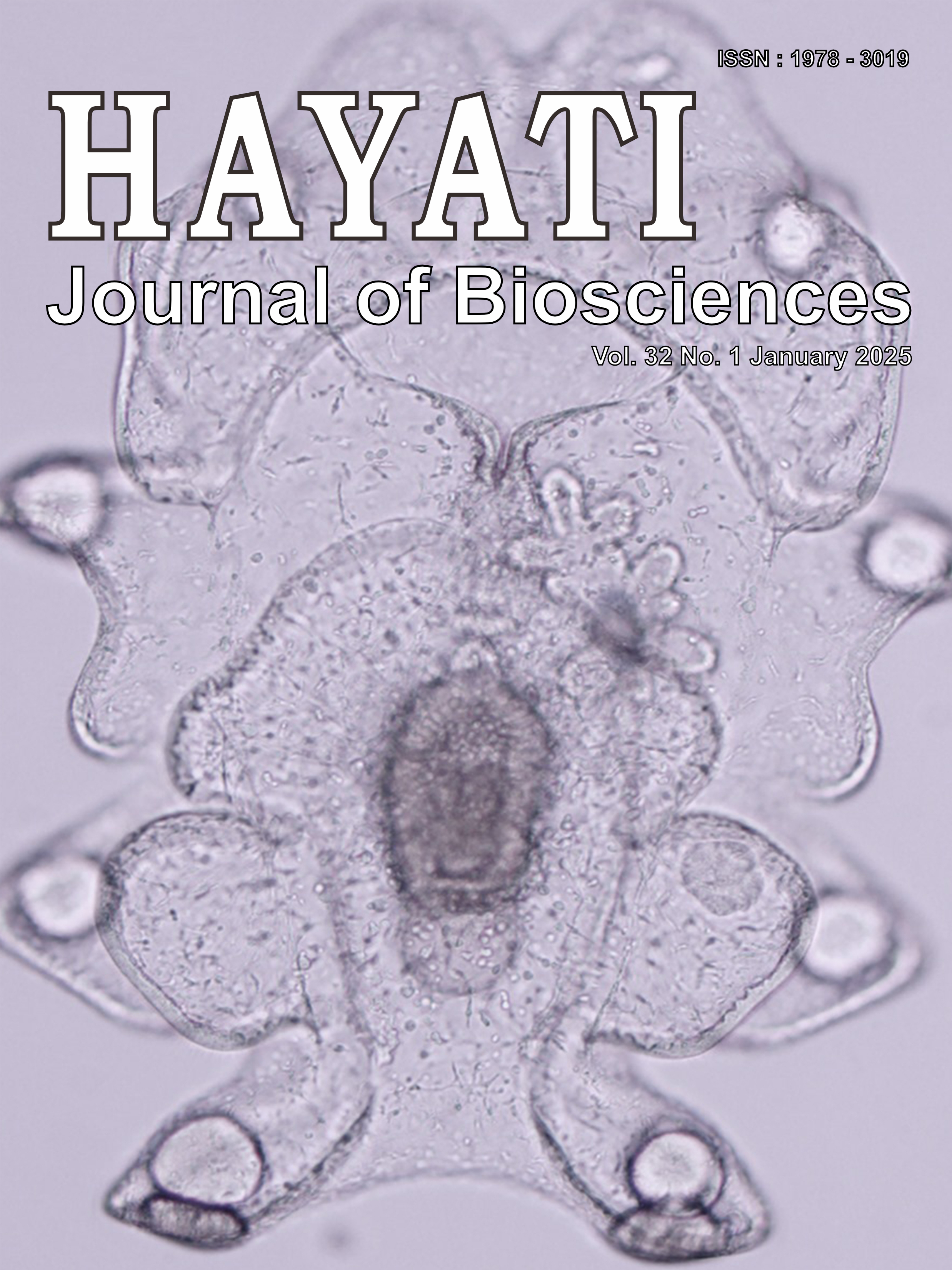Evaluation of Hursitism for Polycystic Ovary Syndrome Women At Al- Ramadi City
Abstract
The hyper-androgen and huritism in face and body in women is important diseases. It can be used as a possible marker in patients with ovary polycystic syndrome (PCOS). This study was carried out to evaluate DHEA and Testosterone levels associated with huritism and PCOS was studied in serum samples from pregnant, and non-pregnant patients and controls attending clinic Specialized. The study included 38 samples divided into three groups: 21 patients subjects, 6 pregnant women, 15 non-pregnant women with PCOS syndrome, and 17 normal subjects as control of the same age group. The target was selecting pregnant women due to changes in hormonal levels and physiological changes, as well as comparing them with non-pregnant women and control samples. The level of DHEAS was considerably higher in the median among pregnant women than in the control group and between non-pregnant and control groups without statistically significant differences between pregnant and non-pregnant values. Similarly, testosterone shows a statistically significant higher median among pregnant than control and also between non-pregnant and control groups without statistically significant difference between pregnant and non-pregnant values. In conclusion, this study detected a significant increase in testosterone and DHEA in non-pregnant women and then followed by pregnant women compared to the control, and age and the rise of these hormones are factors that cause the appearance of thick hair and thus cause polycystic ovary, which may lead to infertility.
Downloads
Copyright (c) 2025 Alkubaisi A.R., Dhyauldeen Aftan Al hayani, Saif Subhi Noori, Hussein Riyadh Abdul Kareem Al-Hetty

This work is licensed under a Creative Commons Attribution-NonCommercial 4.0 International License.
HAYATI J Biosci is an open access journal and the article's license is CC-BY-NC. This license lets others distribute, remix, tweak, and build upon author's work, as long as they credit the original creation. Authors retain copyright and grant the journal/publisher non exclusive publishing rights with the work simultaneously licensed under a https://creativecommons.org/

























.png) IPB University
IPB University Department of Biology
Department of Biology The Indonesian Biological Society
The Indonesian Biological Society 

